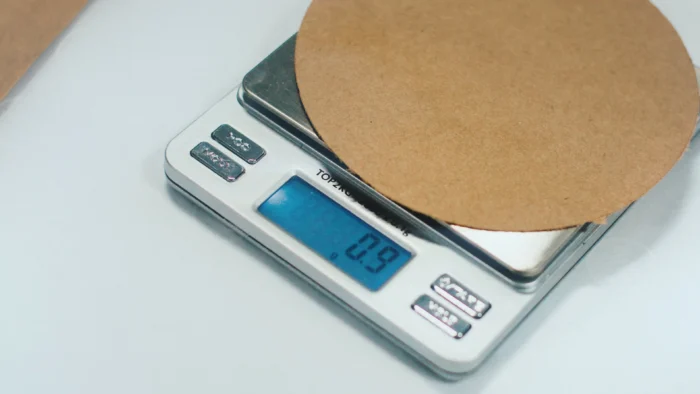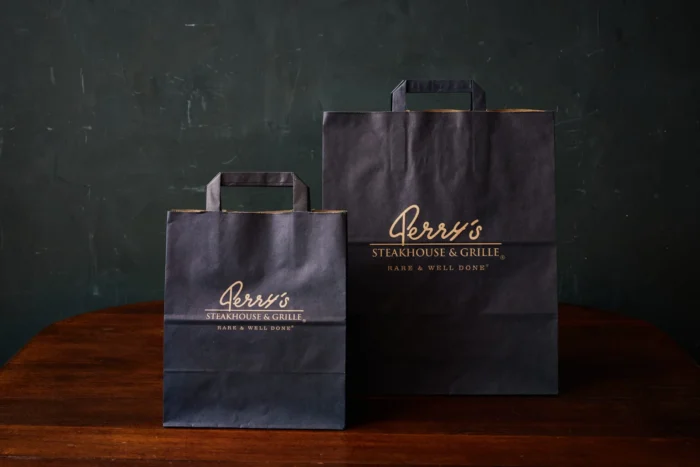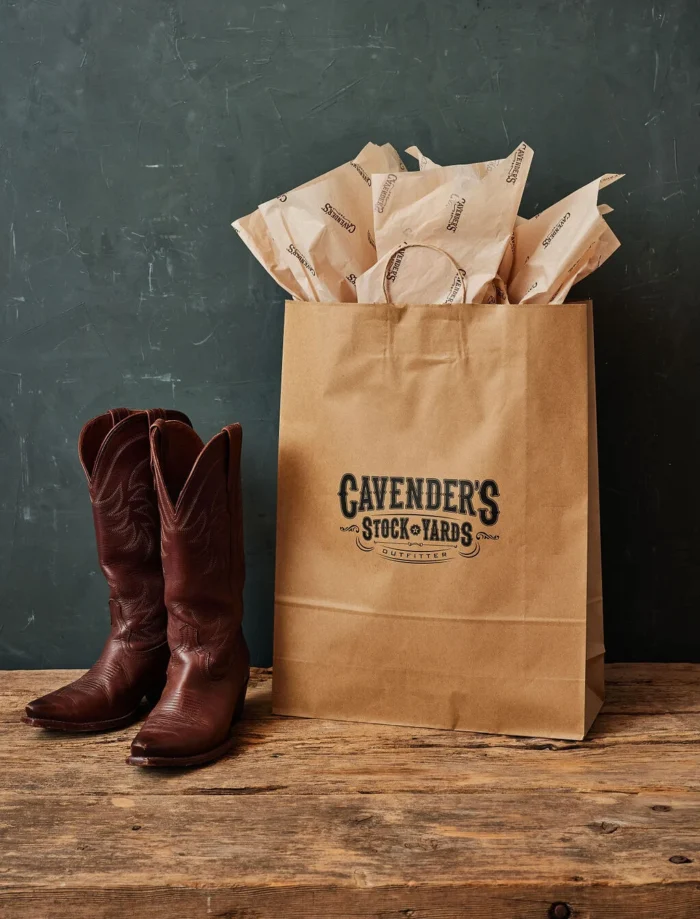
8 Tips for More Sustainable Paper Bags
Do you need help balancing your budget, sustainability goals, and operational efficiency in your paper bag program? If the answer is “yes,” this article is for you.
Sustainable packaging materials are often more expensive, making it challenging to keep costs down.
Finding reliable suppliers who can provide high-quality paper bags adds another layer of complexity.
Despite these challenges, sustainable packaging is essential for brands aiming to attract Millennials and Gen Z.
These demographic populations have become the largest consumer base, and they hold companies accountable for their environmental impact.
Paper bags are a versatile solution that aligns your brand with the values of these eco-conscious consumers.
Whether you already use paper bags or want to transition, this article provides actionable tips for increasing efficiency and sustainability in your program.
Discover how simple changes can greatly impact your operations with these eight strategies.
1. Size Matters: Create Custom Paper Bags Tailored to Your Operational Needs
Investing in custom paper bags rather than stock sizes and materials allows you to size your paper bags more precisely to fit a broader range of products.
This approach minimizes SKUs and helps optimize your program for sustainability.
Customization in bag sizes offers many benefits ranging from…
- More efficient material usage
- Enhanced buying power
- Seamless logistics
- Improved inventory management
- Better customer experience
These benefits make custom paper bags a smart choice for improving efficiency, controlling costs, and improving sustainability.

2. Determine the Optimal Paper Weight
Choosing the correct paper weight can lower costs and environmental impact.
Thinner paper conserves trees, reduces material usage, and can decrease production costs.
In developing a program for a client, CRP saved 49 trees per shipment while improving cost efficiency by decreasing the paper weight of their bags.

3. Choose Recyclable and/or Compostable Materials
Recyclable paper bags use eco-friendly inks and finishes that can be transformed into new products or repurposed into more sustainable packaging.
This helps reduce landfill waste and conserve natural resources.
Compostable paper bags break down naturally, enrich the soil, and leave no harmful residue.
Consider designing your bags to include information on the type of eco-friendly materials used in production and disposal instructions.
This encourages customers to practice proper recycling of paper bags after use.
4. Consider Alternatives to Standard Handles
Paper twist handles are standard on most paper bags. But have you ever considered changing it up?
Switching from standard twist handles to flat paper handles or die-cut handles can reduce material usage.
This change can save up to 35 trees per shipment, depending on order size.

5. Pack Wisely to Optimize Your Logistics and Supply Chain
This involves packing your paper bags to maximize container space and reduce the number of shipments.
The lighter freight loads lower your transportation costs and carbon emissions.
Using container or truckload space efficiently can also reduce the time and labor needed for shipment processing.
Employ this strategy to achieve faster delivery times and improve supply chain efficiency.
6. Maximize Your Storage and Warehouse Space
An effective storage and warehousing strategy can free up valuable space for other business initiatives.
This can include proper stacking techniques to reduce the need for excessive storage space.
Inventory management also plays an important role.
With advanced management software, you can minimize handling time, stockouts, and prolonged storage costs.
7. Embrace Sustainable Packaging Design
You can maximize your marketing potential using sustainable finishing techniques featuring eye-catching designs.
This turns your paper shopping bags into walking billboards.
The unique brand elements provide free advertising as your customers stroll through shopping centers.
Here are some examples of sustainable printing techniques:
- Water or Soy-Based Inks: Derived from renewable resources, these inks are less toxic and decompose more quickly than petroleum-based inks.
- Recycled Paper: Uses post-consumer waste and reduces the demand for virgin paper. This saves trees and energy by eliminating the need for new production.
- Vegetable-Based Inks: Made from renewable resources, these biodegradable inks have lower Volatile Organic Compounds (VOC).
On-Demand Printing: Reduces overproduction and waste by printing in smaller batches to align production with demand.

8. Partner with the Right Paper Bag Supplier
Choosing the right paper bag supplier ensures consistent quality, commitment to sustainable practices, and a reliable flow of inventory.
Partner with an expert who can help you navigate industry challenges and optimize your packaging operations.
At CRP, we leverage our extensive experience to deliver eco-friendly, high-quality paper bag solutions tailored to your needs.
Enhance Your Paper Bags Program With CRP
For over 45 years, CRP has supplied our valued clients with custom paper bag solutions, while finding innovative ways to reduce carbon emissions.
Our strategic sourcing of sustainable materials ensures that your paper bags meet the highest environmental standards.
We optimize every stage of your supply chain and guide you through regulatory compliance.
Increase efficiency and enhance sustainability by partnering with CRP today.
Build a More Sustainable Future for Your Business
Together, we can create solutions that benefit your company and the environment.